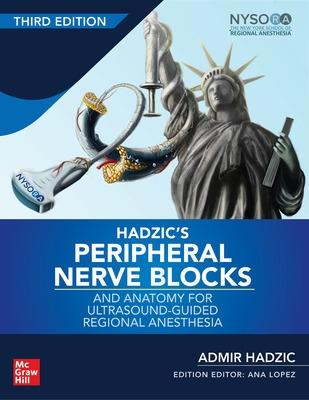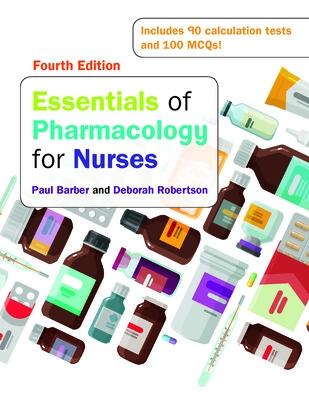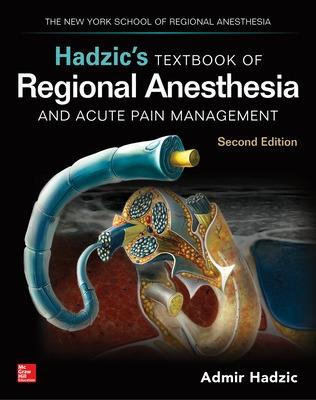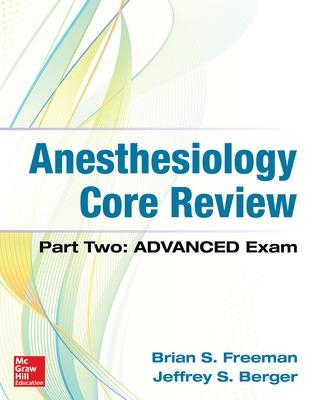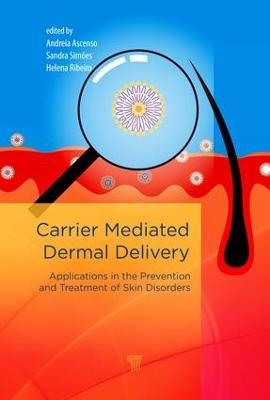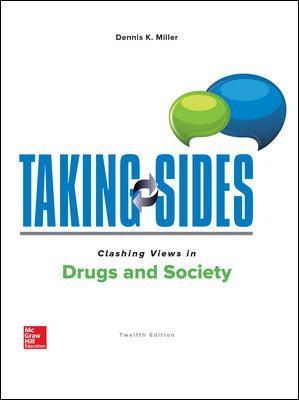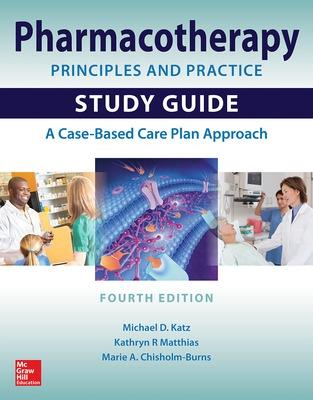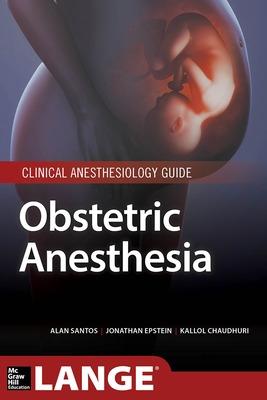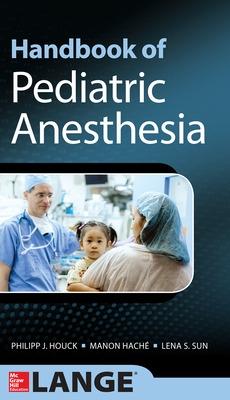Clinical Pharmacology for Anesthesiology
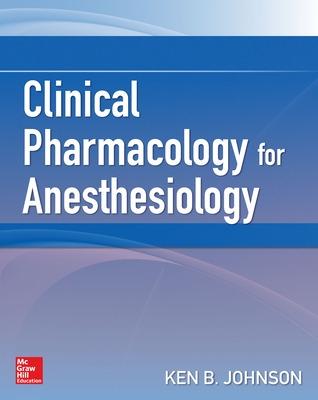 portes grátis
portes grátis
Clinical Pharmacology for Anesthesiology
Johnson, Ken B.
McGraw-Hill Education - Europe
12/2014
512
Mole
Inglês
9780071736169
15 a 20 dias
872
1. Pharmacokinetics
2. Pharmacodynamics
3. Biophase
4. Drug interactions
5. Covariates of interest (age, weight, comorbidities, etc).
Section II: For each drug, clincal features of: Pharmacokinetics (some interesting facts like % protien binding, volume of distribution, but more importantly, how age, weight, and comorbidities impact drug concentrations, how drugs behave when given as a bolus or as a continuous infusion); Pharmacodynamics; Simulations of onset and duration of effect for commonly used doses; Common toxicity issues and adverse features (focus only on those that anesthesia clinicians worry about); Unique characteristics (i.e. context sensitive half time); Common preparations (especially for drugs that have to be dissolved) and dosing regimens (bolus versus continuous infusion)
6. Analgesics
7. Sedatives
8. Inhalation Agents
9. Muscle Relaxants
10. Reversal Agents
11. Vasoactive Drugs (inotopres, chronotropes, cholinergic and anticholinergic drugs)
Section III: Drug interactions for commonly used anesthetic drug combinations: a look at analgesia for moderate and severe stimuli, sedation, loss of responsiveness, and muscle relaxation.
Section IV: Suggested dosing strategies for unique or challenging anesthetics. This section would be simulation based and use PK and combined drug PD interaction models.
12. Drug models
13. Preoperative sedation
14. Moderate sedation for MAC cases
15. Approaches to general anesthesia (conventional TIVA, and multimodal)
16. Post operative pain (both PACU and inpatient management)
Section V: Cases
17. Moderate sedation cases with more than minimal painful stimuli in the elderly (i.e.An approach to analgesia for a retrobulbar block).
18. A quick wake up after general anesthesia yet provide analgesia for moderate to severe surgical pain
19. An approach to opioid tolerant patients for surgeries associated with moderate to severe surgical pain
20. An approach to patients that have lost a considerable amount of blood
21. A clinician's guide to dosing PCA's especially in opioid tolerant patients
22. Dosing considerations for obese patients with sleep apnea
23. General anesthsia for patients with poor cardiac function
24. General anesthesia for patient with poor liver function
25.CABG or valve replacement,
26.Liver transplant
27. AAA repair
28. Aneurysm clipping
29. Aortic arch procedures that require cirulatory arrest.
1. Pharmacokinetics
2. Pharmacodynamics
3. Biophase
4. Drug interactions
5. Covariates of interest (age, weight, comorbidities, etc).
Section II: For each drug, clincal features of: Pharmacokinetics (some interesting facts like % protien binding, volume of distribution, but more importantly, how age, weight, and comorbidities impact drug concentrations, how drugs behave when given as a bolus or as a continuous infusion); Pharmacodynamics; Simulations of onset and duration of effect for commonly used doses; Common toxicity issues and adverse features (focus only on those that anesthesia clinicians worry about); Unique characteristics (i.e. context sensitive half time); Common preparations (especially for drugs that have to be dissolved) and dosing regimens (bolus versus continuous infusion)
6. Analgesics
7. Sedatives
8. Inhalation Agents
9. Muscle Relaxants
10. Reversal Agents
11. Vasoactive Drugs (inotopres, chronotropes, cholinergic and anticholinergic drugs)
Section III: Drug interactions for commonly used anesthetic drug combinations: a look at analgesia for moderate and severe stimuli, sedation, loss of responsiveness, and muscle relaxation.
Section IV: Suggested dosing strategies for unique or challenging anesthetics. This section would be simulation based and use PK and combined drug PD interaction models.
12. Drug models
13. Preoperative sedation
14. Moderate sedation for MAC cases
15. Approaches to general anesthesia (conventional TIVA, and multimodal)
16. Post operative pain (both PACU and inpatient management)
Section V: Cases
17. Moderate sedation cases with more than minimal painful stimuli in the elderly (i.e.An approach to analgesia for a retrobulbar block).
18. A quick wake up after general anesthesia yet provide analgesia for moderate to severe surgical pain
19. An approach to opioid tolerant patients for surgeries associated with moderate to severe surgical pain
20. An approach to patients that have lost a considerable amount of blood
21. A clinician's guide to dosing PCA's especially in opioid tolerant patients
22. Dosing considerations for obese patients with sleep apnea
23. General anesthsia for patients with poor cardiac function
24. General anesthesia for patient with poor liver function
25.CABG or valve replacement,
26.Liver transplant
27. AAA repair
28. Aneurysm clipping
29. Aortic arch procedures that require cirulatory arrest.


